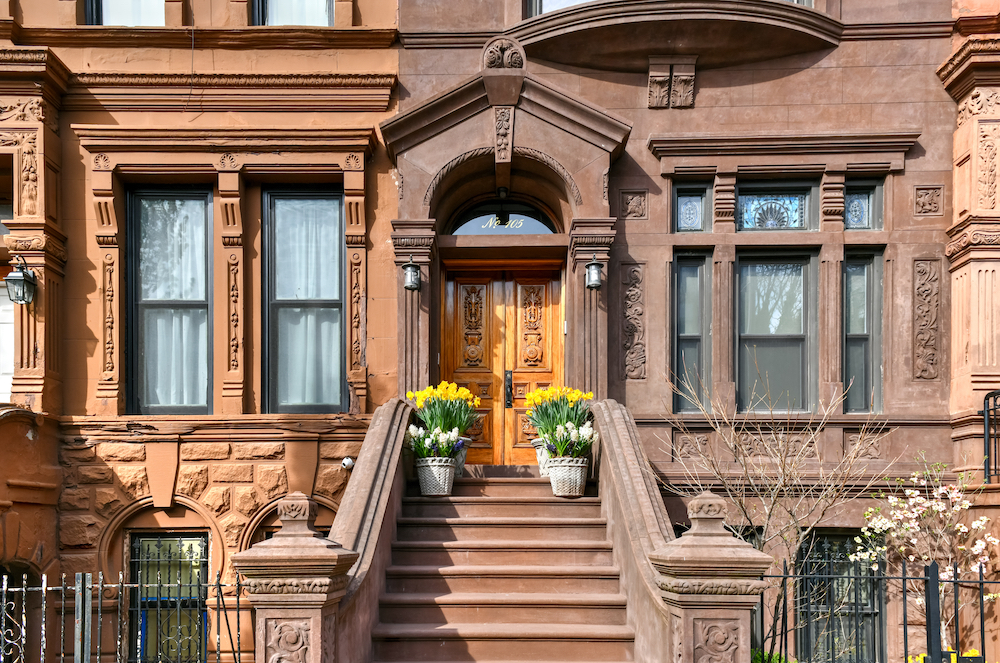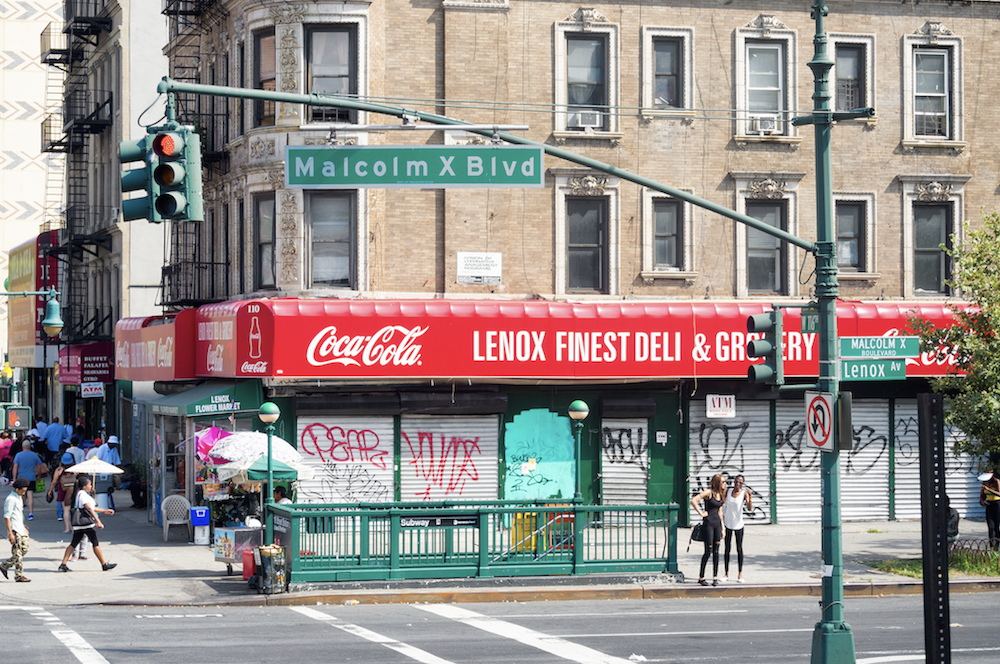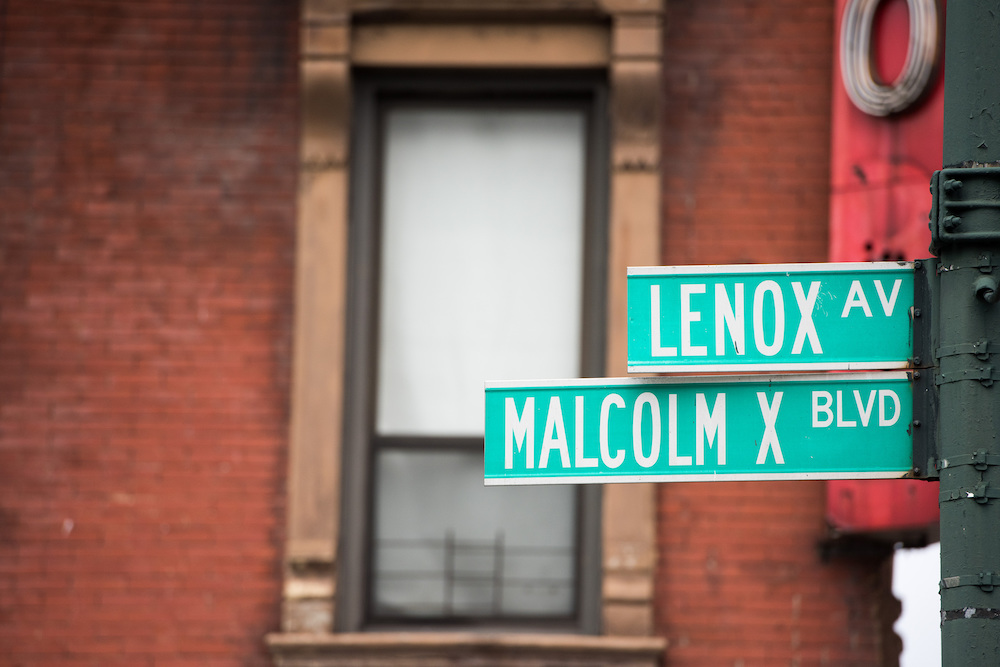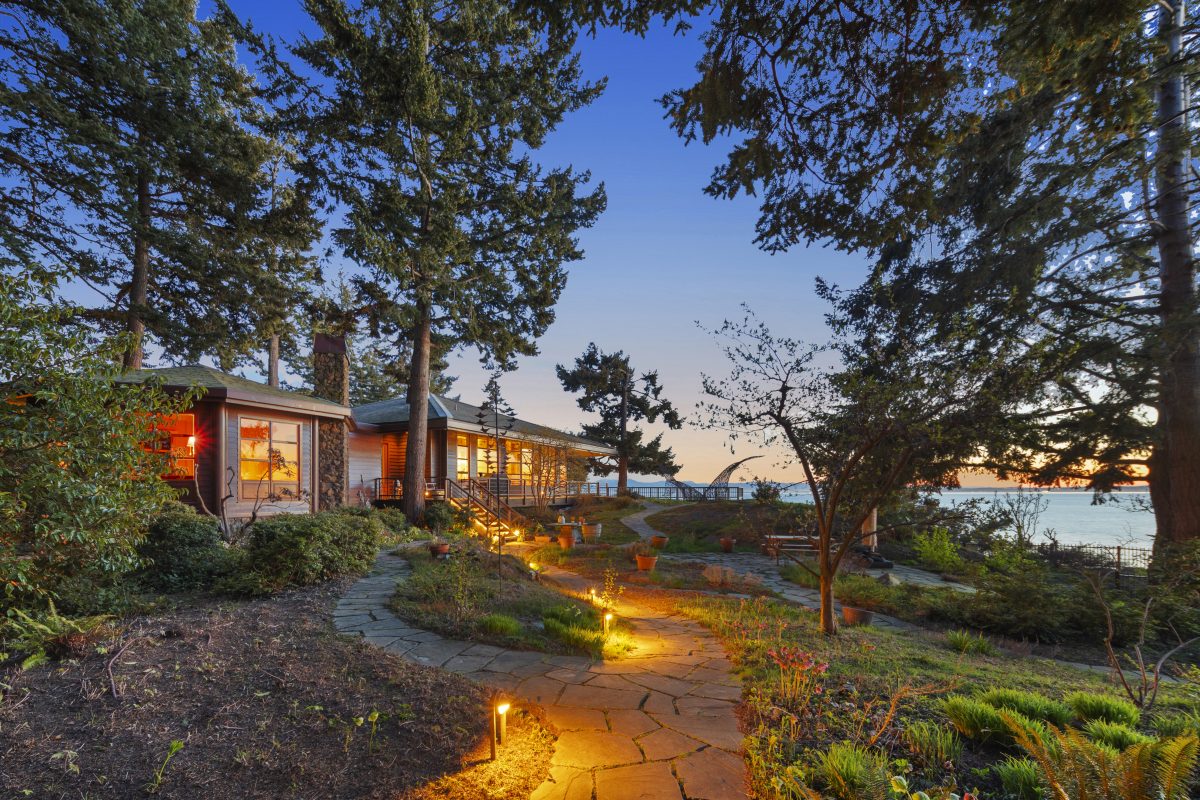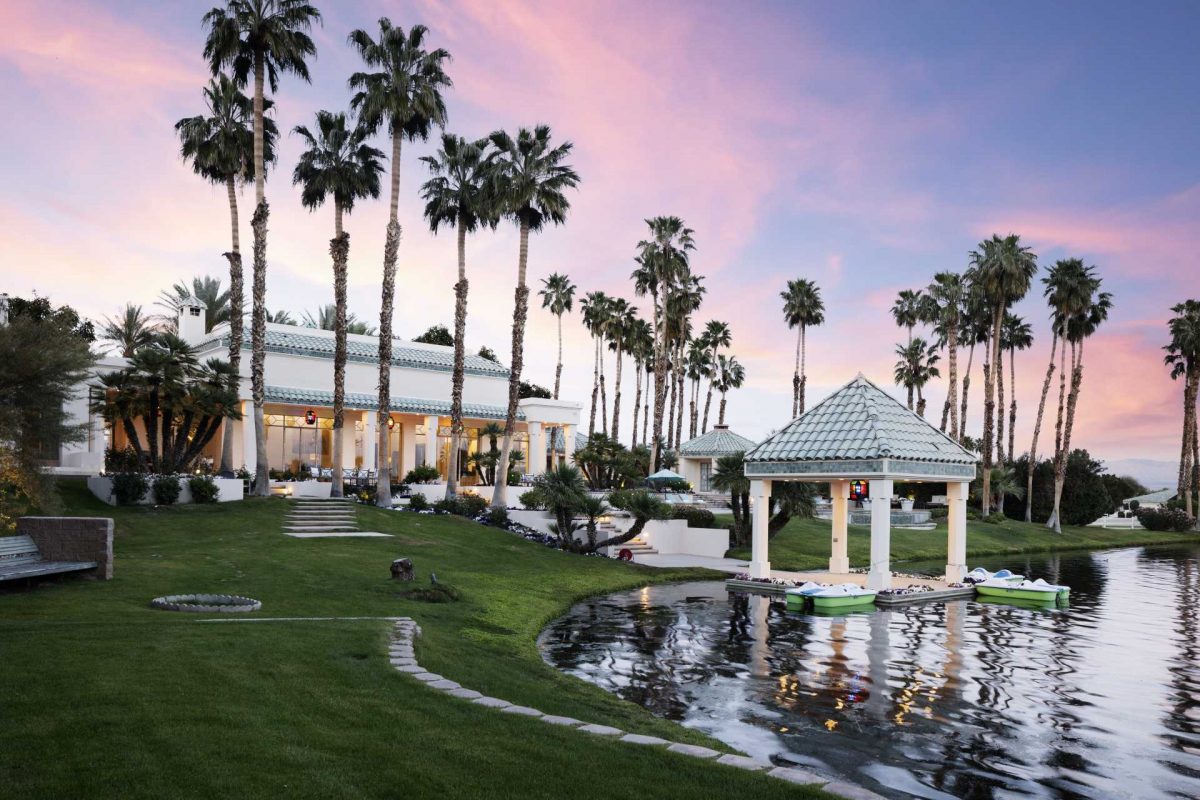Harlem Neighborhood Guide
Harlem has four different communities that each boasts a unique vibe. Central Harlem, the birthplace of the Harlem Renaissance, offers a lively arts and music scene. South Harlem exhibits robust culture, inclusive of the Apollo Theater and renowned restaurants, Clay and Vinateria. East Harlem, also known as Spanish Harlem, is rich with Puerto Rican history and popular eateries. West Harlem offers quiet, tree-lined streets and picturesque parks.
Harlem is known for its groundbreaking cultural renaissance. During the 1920s and 1930s, residents like the poet Langston Hughes, musician Louis Armstrong, and author Zora Neale Hurston used artistic expression to proclaim and celebrate their Black identities. The rich culture that flowed from the neighborhood during that era challenged the world’s views on the Black experience and cemented Harlem as a mecca for Black entrepreneurs and artists.
Today, this in-demand neighborhood is a lifestyle destination for all races. Residents love that Harlem feels like a tight-knit community in the middle of busy NYC. The neighborhood of Harlem also offers a lower price tag than surrounding areas while boasting a booming real estate market and a swoon-worthy array of activities and amenities.
Harlem Real Estate Stats
MEDIAN SALE PRICE
MEDIAN RENTAL PRICE
An Abbreviated History of Harlem
Harlem was mainly composed of German and Irish farmers until 1880 when the New York Elevated Railroad extended into the neighborhood. The railroad provided easy transportation to this area of the city that had until then, been difficult to access. The addition of the railroad brought in an influx of Jewish and Italian immigrants who were seeking reprieve from the overcrowded streets of Manhattan’s Lower East Side.
In the early 1900s, a large number of Black Americans took part in the Great Migration by moving from the rural South to northern cities, including NYC. Landlords saw this as an opportunity to accelerate Harlem’s slow rental market, which was failing to compete with the booming and newly accessible neighborhoods of Washington Heights and the Bronx. As a result, Black Americans would transform Harlem into a creative, cultural mecca during a period known as the Harlem Renaissance.
The Harlem Renaissance began after World War I and ended around 1935. During this time, Black Americans experienced a cultural and emotional reckoning that affirmed pride in their identity, brought inequality into plain sight, and called for change.
Black artists and scholars expressed their views through art, writing, and music, resulting in some of the most influential works in modern history. Residents like poet Countee Cullen, best known for his book Color, and Aaron Douglas, known as the “Father of African Art,” helped challenge racial stereotypes to people around the world. Jazz musicians like Billie Holiday and Duke Ellington brought Black and White audiences together.
Unfortunately, the Great Depression tore down much of the economic progress made during the Harlem Renaissance. Neighborhood Black-owned businesses shuttered, and artists could not find buyers for their work, but the ideas that sprang forth during the era lived on.
During the 1950s, federal immigration laws relaxed, resulting in a large number of Puerto Ricans migrating to New York. Many of them settled in East Harlem for the same reasons as their Black predecessors – lower rents and less discrimination. Today, East Harlem, known as Spanish Harlem, is the largest predominantly Latino community in NYC.
Around this same time, Harlem played a pivotal role in the Civil Rights Movement. Malcolm X, the Black Panthers, and Martin Luther King Jr. used the neighborhood as a stage to promote equality. Civil rights leaders frequently met at the Theresa Hotel in Harlem, giving rise to the National Urban League.
In the 1980s, the popularity of Manhattan was booming while affordability was declining. New Yorkers, desperate to find housing, began to take a second look at Harlem. As landlords sought to profit from this surge of interest, community leaders stepped in to ensure Harlem residents were given an opportunity to purchase available housing. From that time on until today, Harlem has experienced gentrification and rising property values while it works to preserve its historical roots and space for its citizens.
NEIGHBORHOOD BOUNDARIES
- Henry Hudson Parkway to the West
- 155th Street to the North
- Harlem River Drive to the East
- Central Park North to the South
| IRT Lenox Avenue Line | 2 3 |
| IND Eighth Avenue Line | A C B D |
| IND Concourse Line at 155th Street | B D |
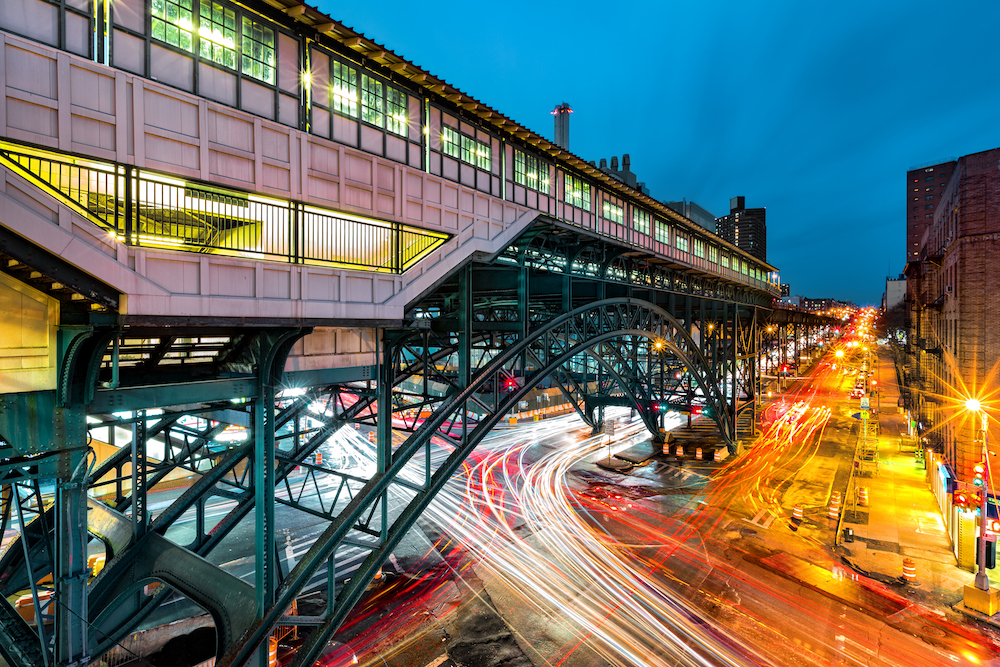
Residents Love This Neighborhood Because
- Acclaimed restaurants
- A rich culture
- Unique, world famous music scene
- Community-oriented
- Local festivals
- The merging of old and new
- More affordable rent relative to Manhattan overall
- Abundance of green spaces
What to expect
| Cafés |
+140 |
| Colleges / Universities |
27 |
| Community Gardens |
68 |
| Hospitals |
8 |
| Libraries |
16 |
| Parks |
78 |
| Playgrounds |
75 |
| Restaurants |
+200 |
| Yoga Studios |
14 |
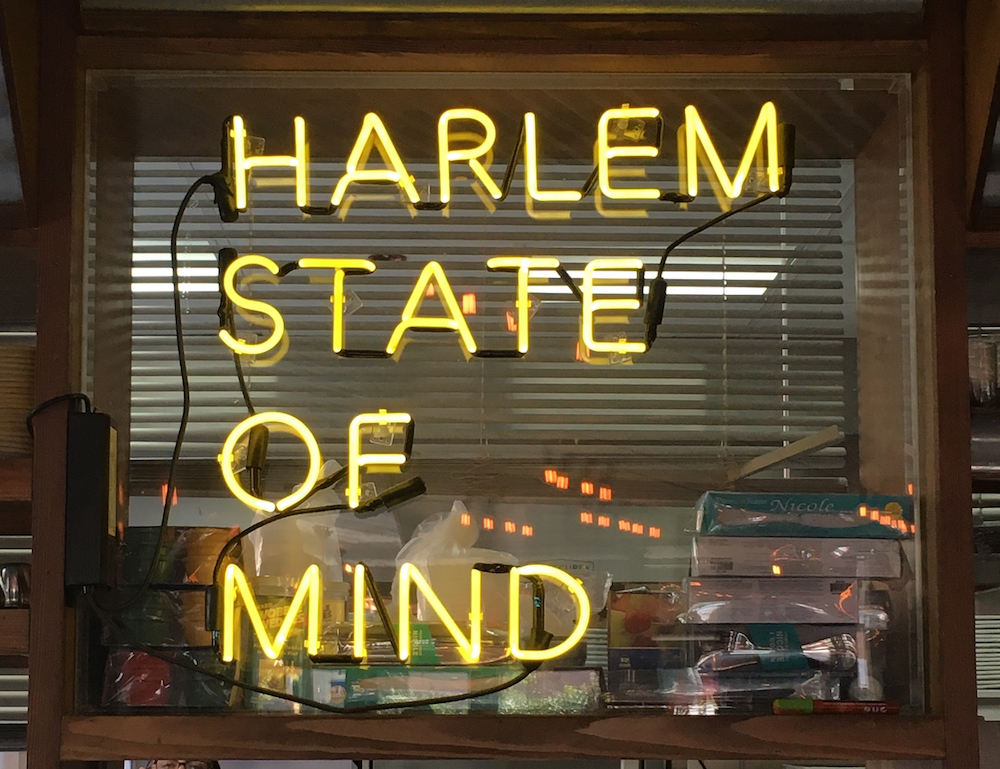
Harlem Landmarks and Cultural Institutions
A NEIGHBORHOOD TOUR
Apollo Theater
Swing Low: Harriet Tubman Memorial
The Studio Museum
Alexander Hamilton Grange National Memorial
Sugar Hill Children’s Museum of Art & Storytelling
Marcus Garvey Park
Graffiti Hall of Fame
Harlem YMCA
The National Jazz Museum
St. Nicholas Park
Architecture in Harlem
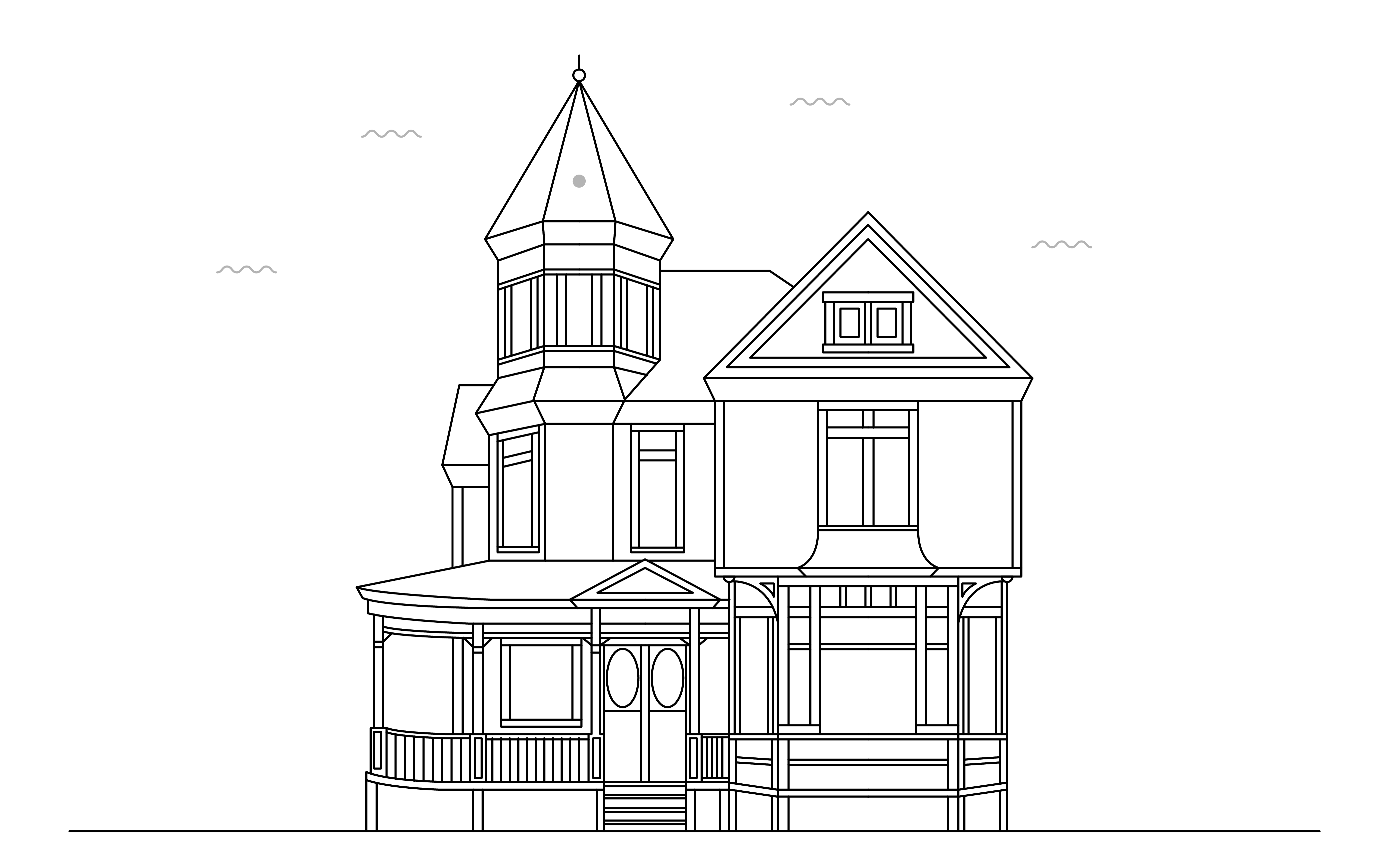
QUEEN ANNE
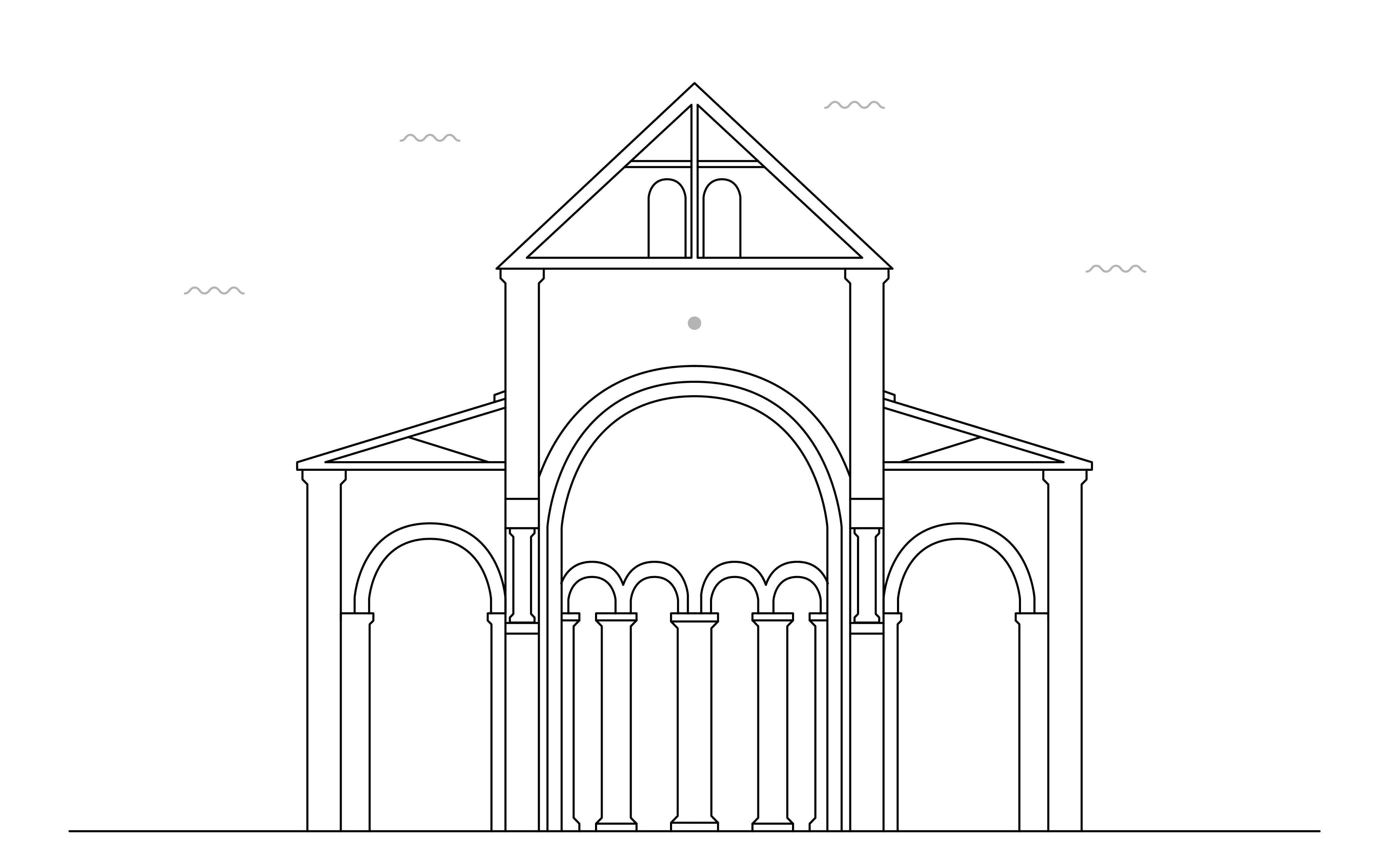
ROMANESQUE
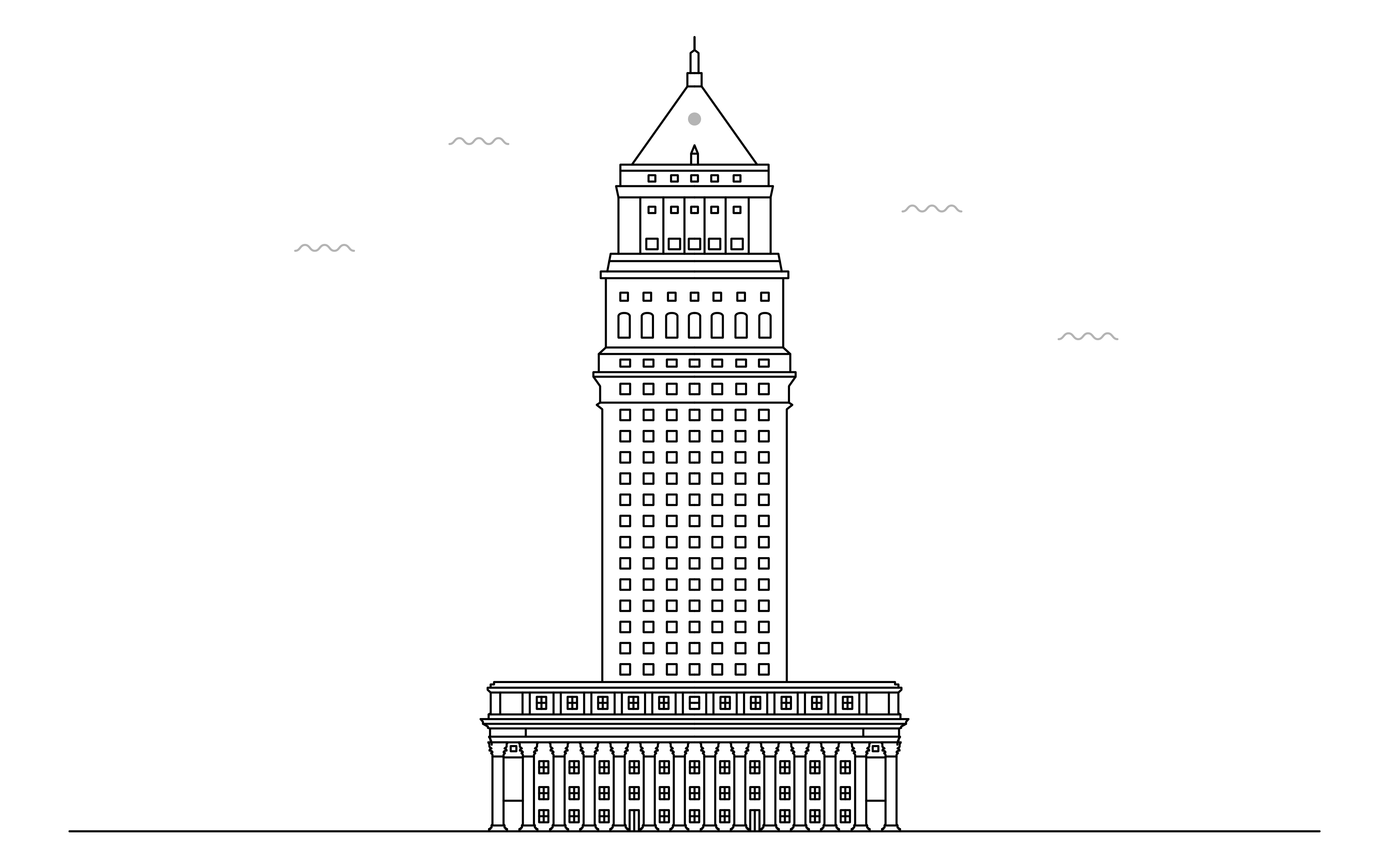
Neo-CLASSICAL
Notable New Yorkers
Who Have Lived in Harlem
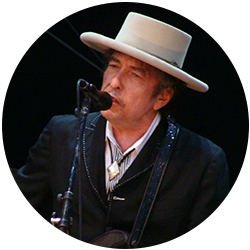
BOB DYLAN
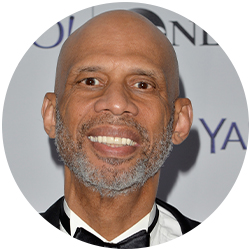
KAREEM ABDUL-JABBAR
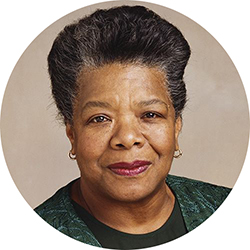
MAYA ANGELOU
Poet and Author
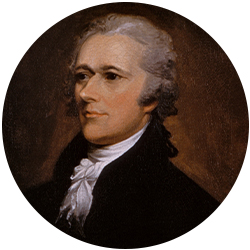
ALEXANDER HAMILTON
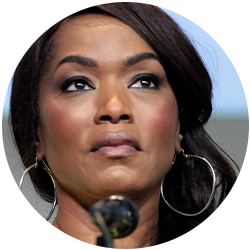
ANGELA BASSETT
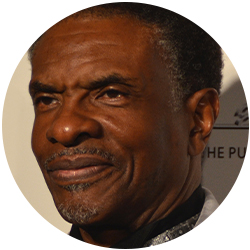
KEITH DAVID WILLIAMS

MARCUS SAMUELSSON
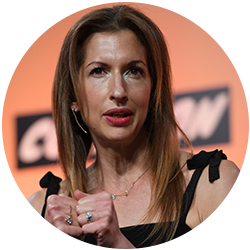
ALYSIA REINER
Popular Food & Drink

clay
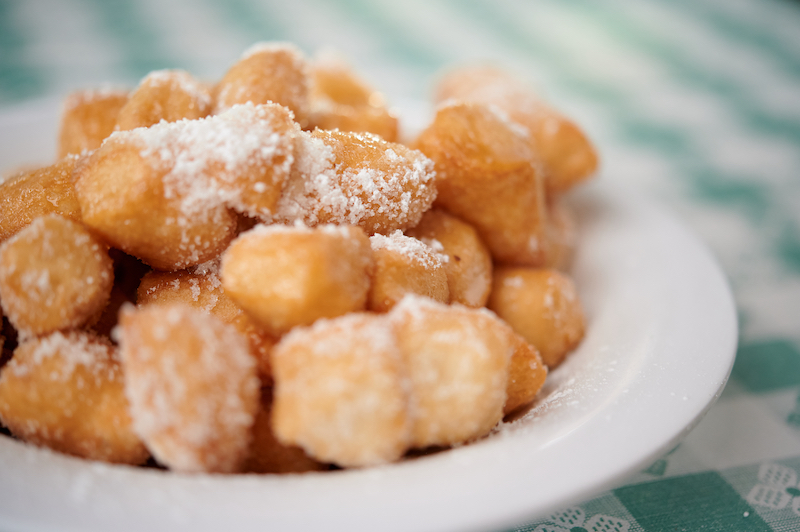
LEE LEE'S BAKED GOODS
283 W 118th Street
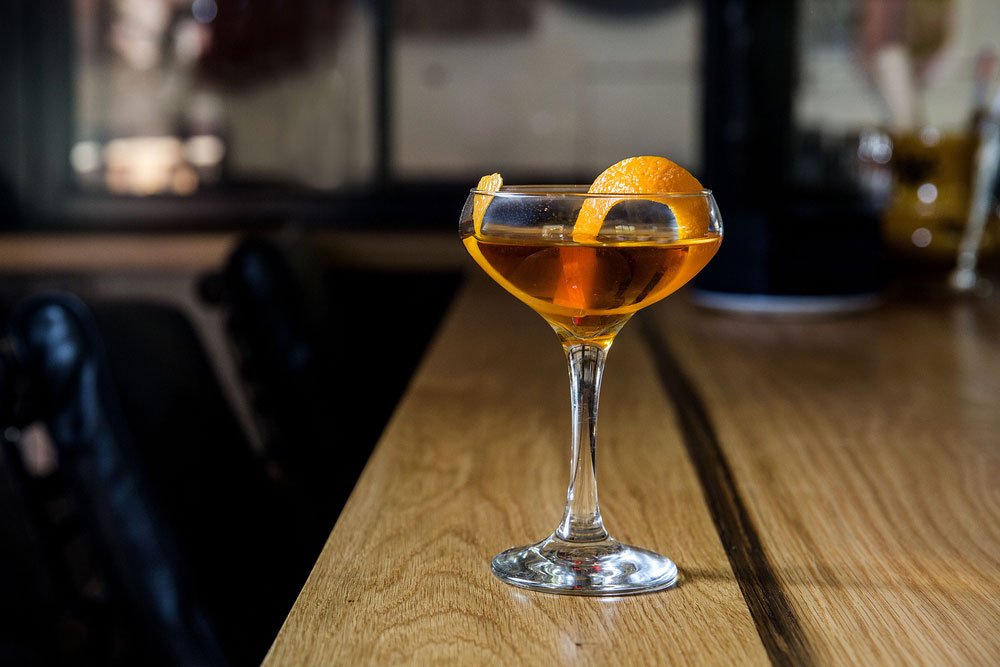
THE CLOAKROOM
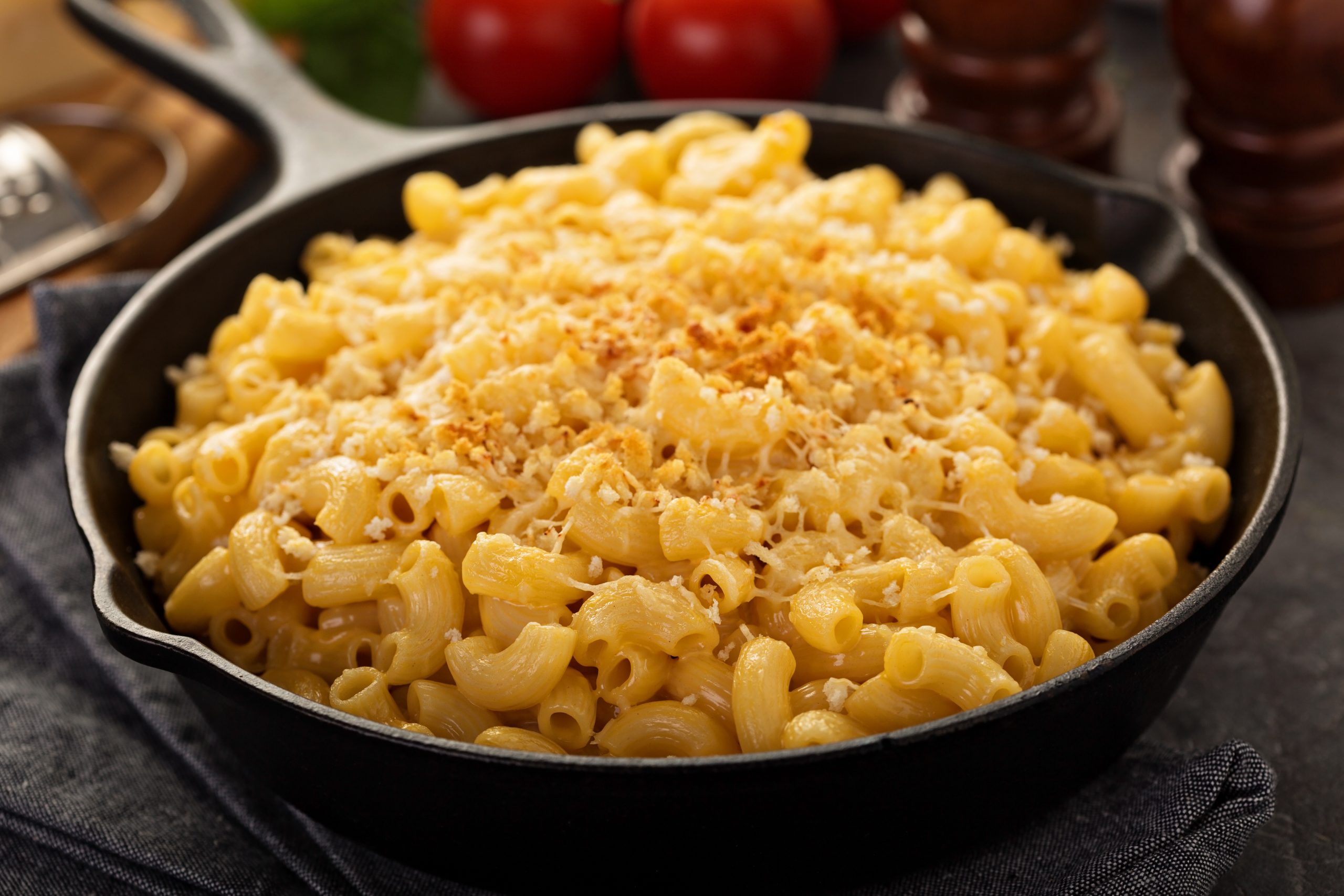
RED ROOSTER
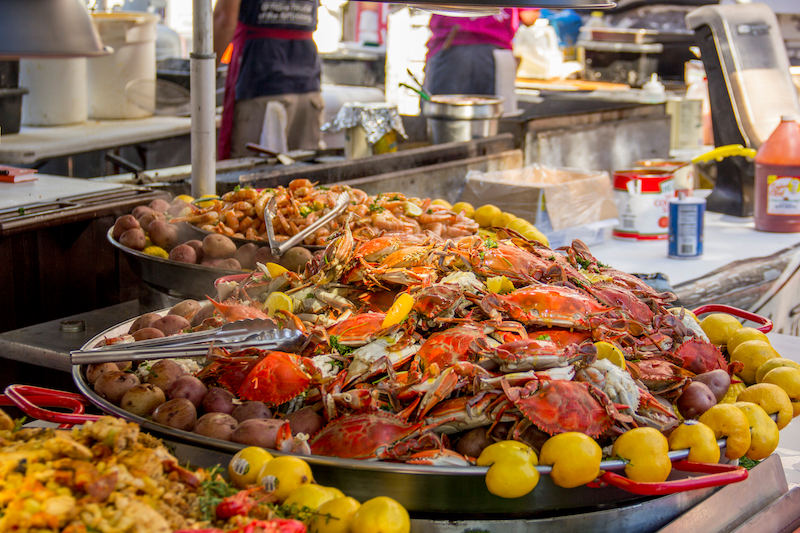
LOLO'S SEAFOOD SHACK
303 West 116th Street
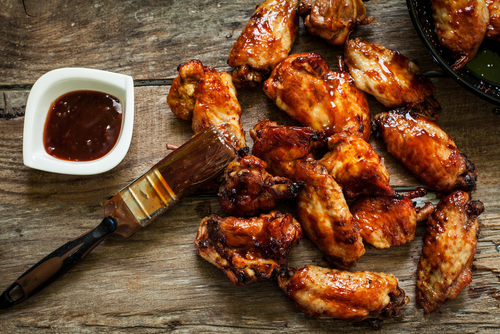
AMY RUTH'S
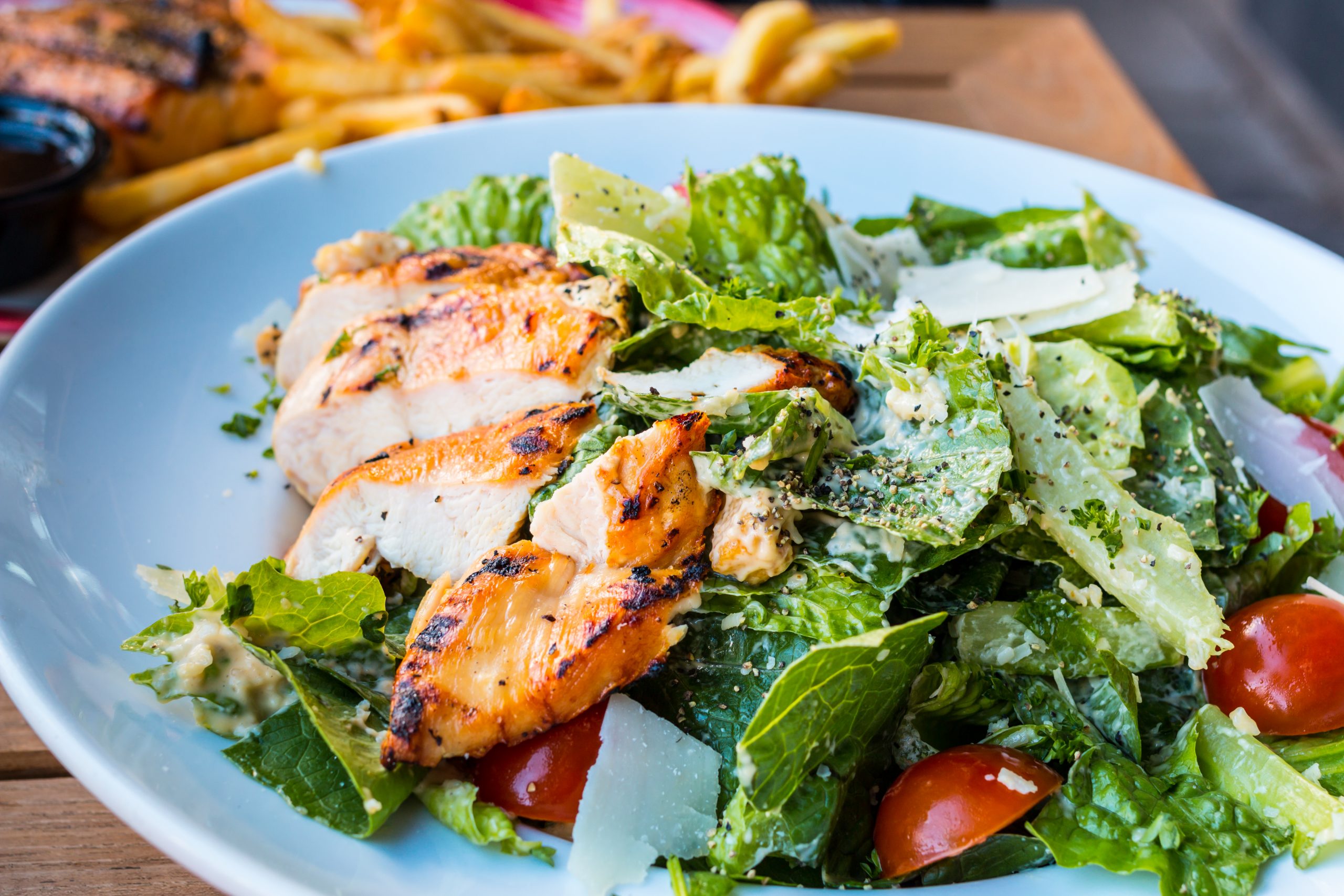
MELBA'S RESTAURANT
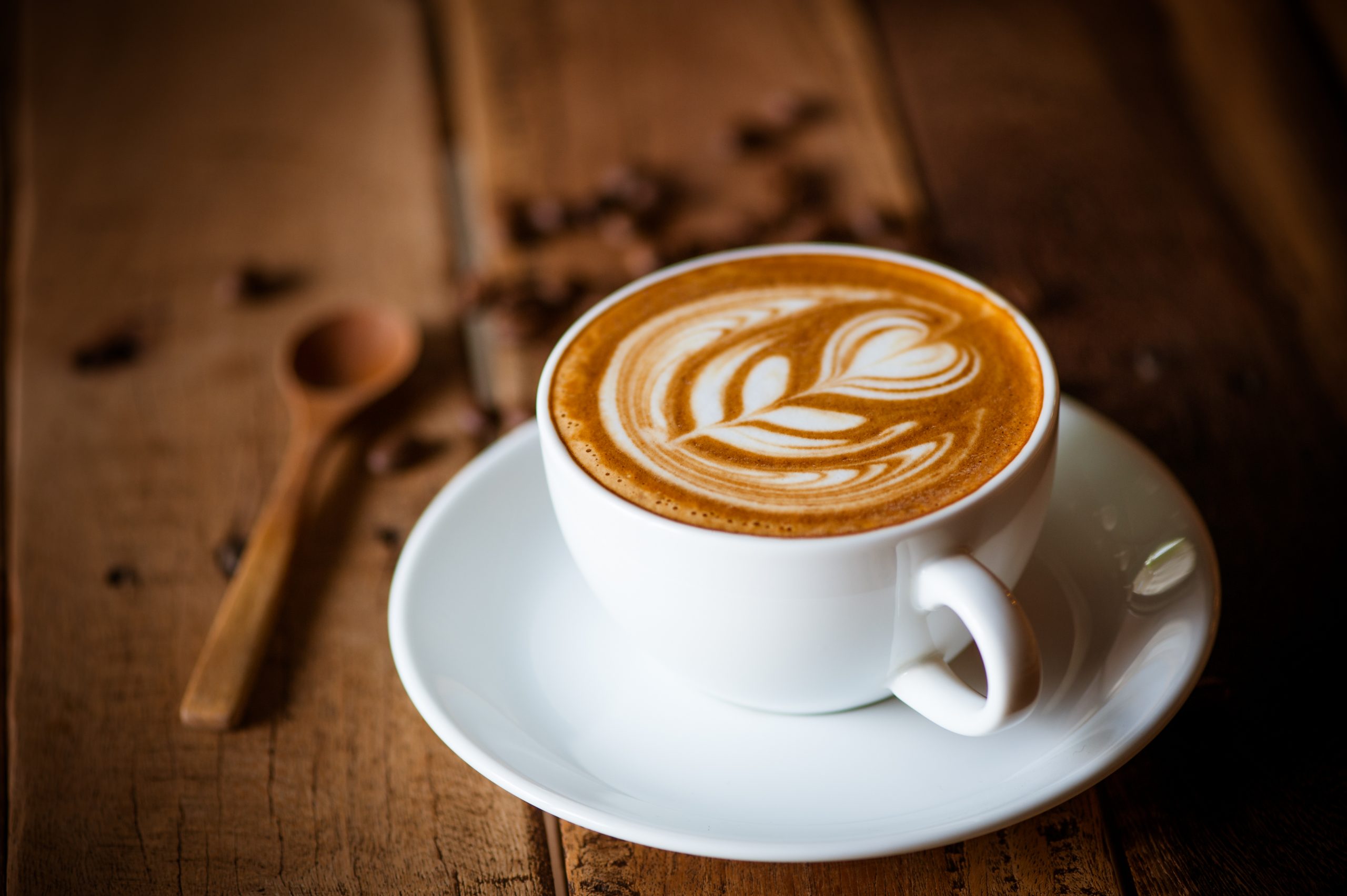
DOUBLE DUTCH ESPRESSO
All Notable New Yorker photos courtesy of Wikipedia via Wikimedia Commons. Photo of Bob Dylan by Alberto Cabello from Vitoria Gasteiz; Photo of Kareem Abdul-Jabbar by Yahoo from Sunnyvale; Photo of Angela Bassett by Gage Skidmore; Photo of Keith David Williams by Mingle Media TV; Photo of Marcus Samuelsson by Vogler; Photo of Alysia Reiner by Collision Conf; Photo of Alexander Hamilton by John Trumbull;

